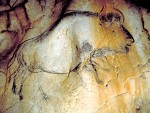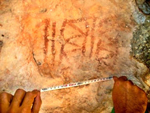Haiti’s Open Vein at Caracol Industrial Park
By Dady Chery Haiti Chery Haitians, who previously sold their kin as outright slaves and sugar-cane cutters, continue to sell them into sweatshops and other horrific work environments at home and abroad. Consider the case of Caracol Industrial Park, in … Continue reading →









